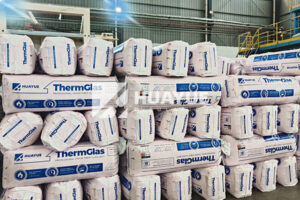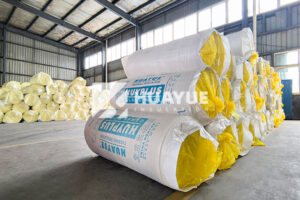Fiberglass Insulation for 2x4 Walls: What Should You Really Use?
Drafty rooms and high energy bills can make anyone uneasy. If your walls can’t keep out the cold, your comfort and budget both suffer. Let’s fix that, starting from the inside out.
The best fiberglass insulation for a standard 2×4 wall is typically R13 or R15 batts, as these fit snugly within the 3.5-inch depth of the studs and maximize energy efficiency.
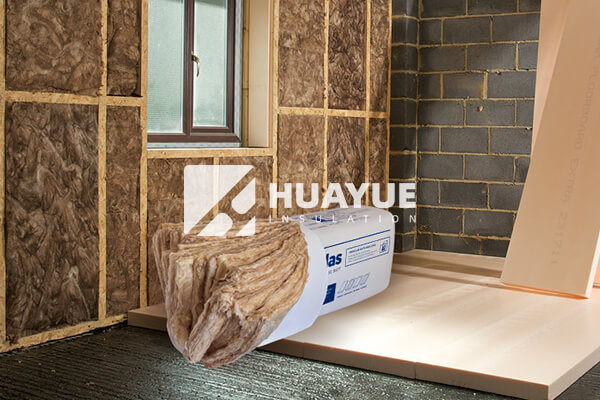
Choosing the right insulation isn’t just about staying warm or cool. It’s about achieving long-term savings, avoiding future headaches like mold or rot, and meeting building codes. With so many options and technical specs, let’s break down what really works inside a typical 2×4 wall.
What Insulation to Use for 2×4 Walls?
It can feel overwhelming to choose insulation. Tackling this choice wrong could mean drafts or even costly repairs later on.
For a 2×4 wall, use R13 or R15 fiberglass batt insulation. R13 is the industry standard for 2×4 walls, but R15 is available in high-density options that provide better thermal performance.
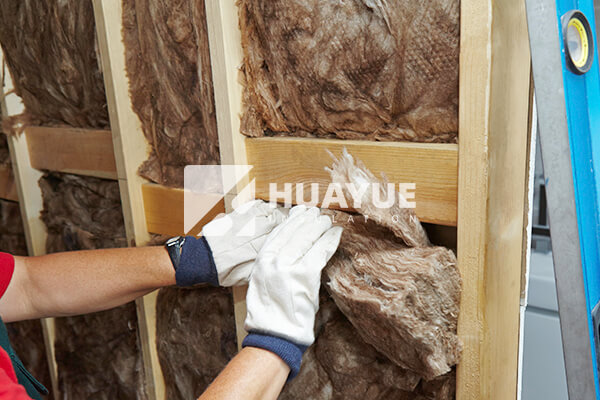
When I am on job sites or speaking with engineers like Hans Müller, R13 batts almost always fit best. Fiberglass batts made specifically for 2×4 walls are designed to sit flush within the 3.5-inch depth of the framing, minimizing air gaps. R15 high-density batts are sometimes preferred, as the denser material packs more insulating power into the same space, but you must make sure the product is labeled “for 2×4 walls” to ensure easy installation.
Let’s look at how popular insulation materials compare for 2×4 framed walls:
| Insulation Type | Typical R-Value (for 3.5" Thickness) | Best Use | Moisture Resistance | Fire Resistance |
|---|---|---|---|---|
| Fiberglass Batt | R13-R15 | Easy install, standard walls | Moderate | Good |
| Mineral Wool | R15 | Higher fire/sound resistance | Very High | Excellent |
| Spray Foam | R13-R21* | Maximum air sealing | High | Varies |
| Foam Board | R13** | Furring walls, thin spaces | High | Good (XPS) |
*Closed-cell spray foam can reach R21 but is costly.
**Layered foam board, when furring walls, not used inside stud bays.
If moisture, fire, or sound are bigger concerns, I often recommend mineral wool. For new builds or efficiency retrofits, closed-cell spray foam gives higher R-values, but cost and installation complexity rise sharply.
What is the Maximum R-value Fiberglass Insulation for a 2×4 Wall?
I have seen homeowners try to “overstuff” walls, believing more is better. This can create other problems.
The highest practical R-value for fiberglass in a 2×4 wall is R15. High-density R15 batts are designed to fit the 3.5-inch cavity tightly, without compressing and losing effectiveness.
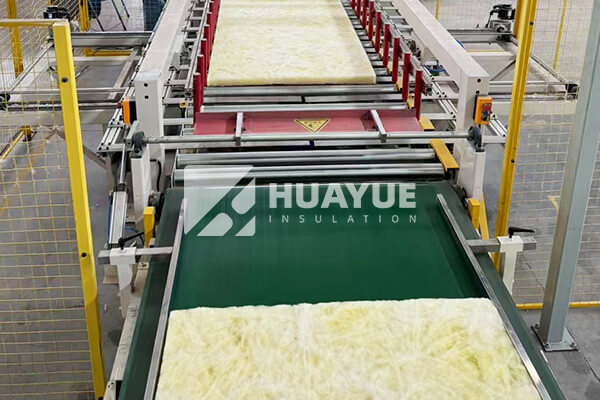
Trying to force thicker batts (like R19) into a 2×4 wall cavity will compress the fiberglass, actually lowering its R-value and causing fit issues. Compression damages the fibers’ ability to trap air, which is how fiberglass insulates. Only “high-density” R15 fiberglass batts should be used as the top-end option for this application. R13 batts are more common and typically easier to find at any hardware supplier.
Here is what happens if you try to fit thicker insulation into a thin wall cavity:
- R11, R13: Designed for 3.5-inch (2×4) walls, installs easily, full R-value.
- R15: High-density batts, fits 2×4, more insulation per inch.
- R19: Designed for 2×6 walls (5.5-inch cavities). When forced into 2×4 walls, compresses to about R13.
- R21+: Not recommended for 2×4 walls due to severe compression and wasted material.
The cost and effort of trying to boost R-value by overfilling the cavity doesn’t pay off. Instead, focus on quality installation, sealing gaps, and using the proper insulation.
Can I Use R19 Fiberglass Insulation in 2×4 Studs?
I used to think packing more insulation into the wall would save money and energy. But that’s not how physics, or building codes, work.
You should not use R19 fiberglass insulation in 2×4 stud walls. When compressed into the 3.5-inch cavity, R19 batts lose their rated R-value, performing closer to R13.
Not only does compressing insulation lower its R-value, it can create bulges in your wall, complicate drywall installation, and trap moisture. The advice from both my engineering contacts and professional installers is the same: use the insulation thickness your wall is designed for.
Here’s a breakdown of what happens with compression:
| Labeled R-Value | Designed Cavity Size | Installed in 2×4 (3.5") Depth | Actual R-Value |
|---|---|---|---|
| R13/R15 | 3.5" | Fitted to size | R13-R15 |
| R19 | 6" | Compressed | ~R13 |
| R21 | 6" | Compressed | ~R14 |
So, R19 or higher batts do not provide extra efficiency in 2×4 walls. It is better to use high-quality R13 or R15 batts and focus on careful installation.
How to Get the Highest R-Value in a 2×4 Wall?
I have always looked for ways to make walls as energy efficient as possible without rebuilding the house.
To achieve the highest R-value in a 2×4 wall, use high-density R15 fiberglass batts, seal all gaps, and add continuous rigid foam board insulation to the exterior for supplemental thermal performance.
Jumping R-value inside the cavity is limited by the stud depth. But what you do outside the studs can dramatically increase total wall performance. In high-performance buildings in Germany, I work with teams that pair R15 cavity insulation with a 1-2 inch foam board layer on the outside sheathing before adding siding or cladding.
Let me break down the options for boosting R-value:
| Step | Estimated R-Value Gain | Details | Notes |
|---|---|---|---|
| High-Density R15 Batts in Studs | Up to R15 | Fills cavity completely | Reliable, easy to install |
| Caulk & Seal All Cracks | +1 | Prevents air leaks around wires, outlets | Low-cost improvement |
| Tape/Seal Vapor Barrier | +1 | Keeps air/moisture from bypassing insulation | Must overlap well |
| 1" Rigid Foam Board On Exterior Walls | +5-6 | Continuous layer over studs | Check local codes |
| 2" Rigid Foam Board On Exterior Walls | +10-12 | Higher total wall R-value | Greater cost, thickness |
Combining these steps gets total wall R-values into the R20–R27 range, all within a standard 2×4 wall system. It’s crucial to maintain airtightness and control moisture with any upgrade. Always consult local codes and building practices before modifying your wall assemblies.
Conclusion
The right insulation for a 2×4 wall is R13 or R15 fiberglass batts. Good installation and extra exterior measures can boost energy savings and home comfort for decades.
You may also be interested in:
Ready to Get Started?
Get in touch with our experts for personalized solutions tailored to your needs.
Get Free QuoteLatest Articles

Glass Wool Fire Rating: How Safe Is Your Insulation?
Dec 25, 2025
Let's Work Together
Ready to take your business to the next level? Get in touch with our team of experts and let's discuss how we can help you achieve your goals.
Get Free Solutions
